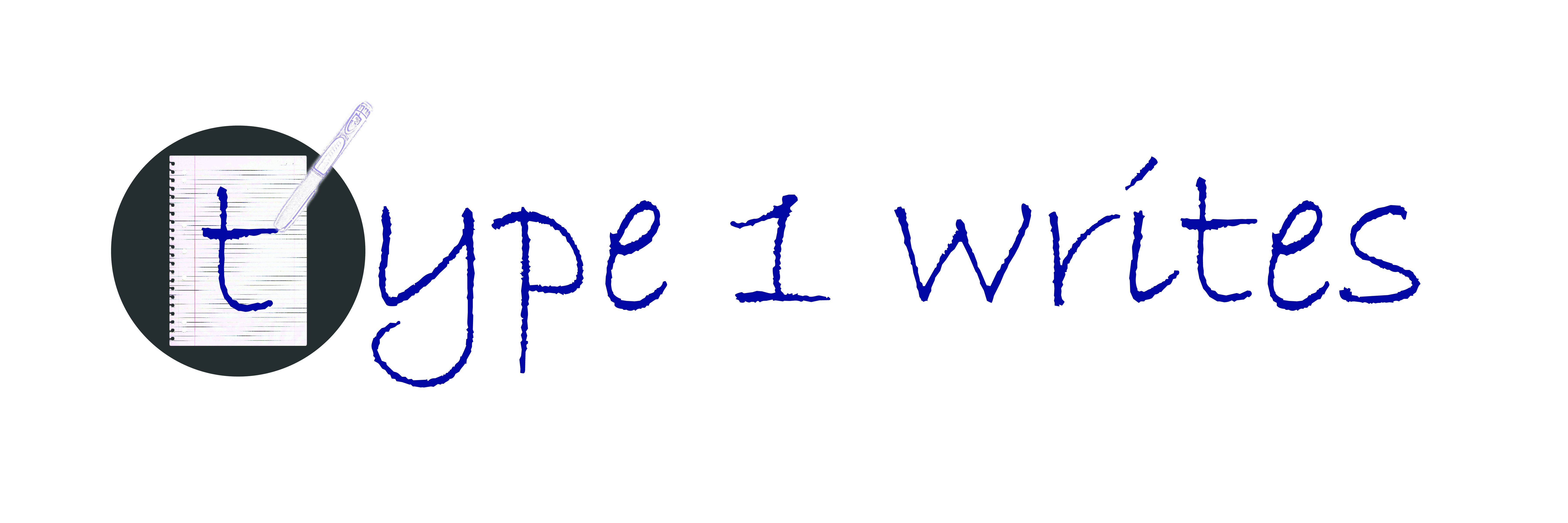Life After Lockdown
I’ve been keeping my eyes peeled to the ABC news app on my phone for the past couple of weeks, watching the growing count of Coronavirus cases unfold in Victoria. I knew I wasn’t alone in my insecurities and increased need for information, as the ABC’s daily live blog has returned.
I’ve been shouting at my phone every time I read a story about very irresponsible people jumping on planes to Sydney, rushing to restaurants ahead of lockdowns, flocking to state borders ahead of closures or complaining of being inconvenienced. Don’t even bother trying to tell me that it’s just going to be like getting a cold – I’m not going to take any chances.
It’s this complacency that makes me anxious. Last week I walked past elderly people who were hugging and kissing as if this was all over. People have been coming into work when they’ve been unwell, including one who was tested for Coronavirus. There are TV commercials congratulating Western Australia on our good work, seemingly implying that this is over. I’m absolutely dreading the day that Western Australia’s hard border is lifted and interstate travellers are allowed inside my safe little bubble. I do fear that many people aren’t taking this seriously enough, and that what’s happened in Victoria could happen anywhere in Australia.
I must admit that in the past couple of days, I’ve checked up on my wardrobe to make sure I have enough diabetes gear on hand (responsibly, of course). I’m down to my second last box of insulin, and went to get a fresh script filled on Monday night. I’ve given thought to how I might handle a situation like the one over east, even re-evaluating how effectively I navigated our own restrictions earlier this year.
Thankfully, life here in Western Australia has relatively returned to normal. I do feel relatively safe getting out and about, and it is nice to see people around. We are extremely lucky that our cases are now only coming from returned travellers in mandatory hotel quarantine, and not in the community.
I’ve gone out to eat with the family once since restrictions have been eased. I caught up with a friend at a cafe last weekend. I’ve visited shopping centres. I’ve bought lunches and coffees. Generally trying to get outside as much as possible, because you do need to try a lot harder to find the sun in the middle of Winter.

However, I’m not for a second becoming complacent.
I’m still doing all of the things that I began doing when this pandemic started. Like washing my water bottle each week, and not being slack. Bringing my own tea towel and sponge to use at work. Washing my hands before I got to eat – even if I only washed them ten minutes ago. Trying not to directly touch glucose tabs when I need to reach for them, or better yet washing my hands beforehand. Keeping my distance from people, and refraining from activities that I don’t feel comfortable with.
I think it will be a long time before I will even consider jumping on a plane, visiting a crowded venue or sitting in an exam room – even if our government tells us that it is safe to do so.
For the time being, I’m more than happy right here, close to home.






